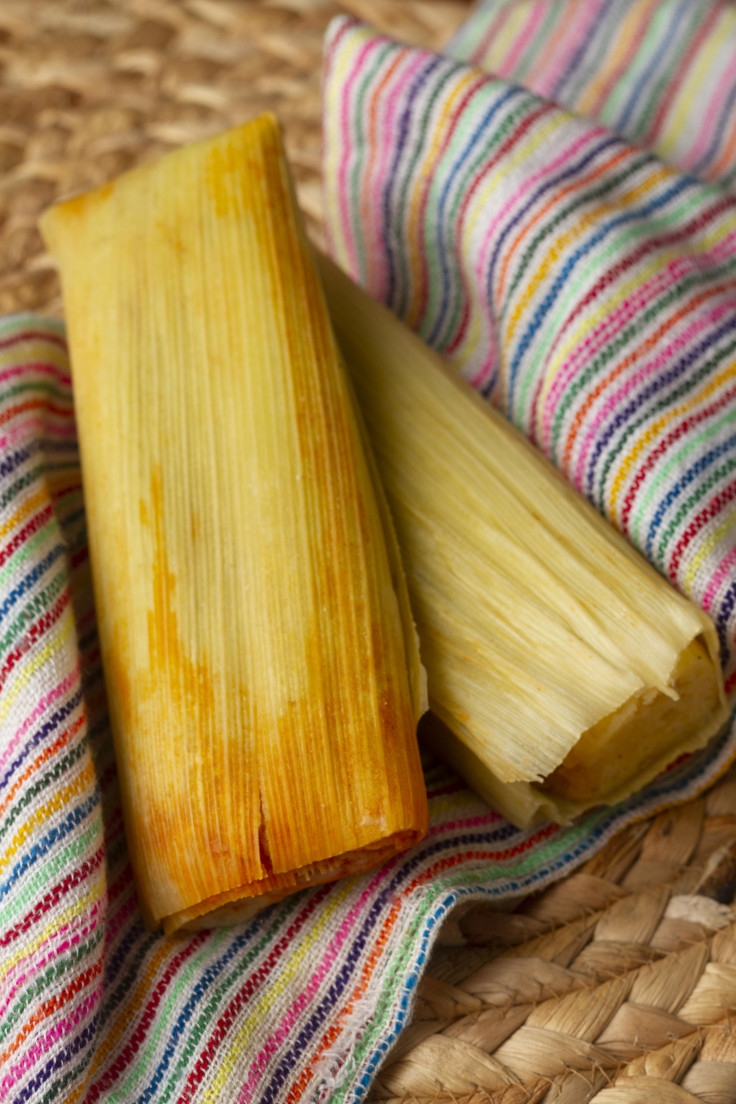
Christmas in Texas wouldn't be complete without tamales. Hosting a Tamalada during this season has become a popular tradition in the U.S., particularly in this state, given its significant Mexican and Latino communities.
According to the U.S. Census Bureau, there were around 12.1 million Latinos or Hispanics in Texas, surpassing the number of white residents in the state. In fact, they currently represent 40.2% of the population, making them the largest demographic in Texas.
Tamales are one of the favorite treats in Mexican cuisine. It consists of various fillings which are put inside a type of cornmeal dough and wrapped in corn husks. The most typical flavors are beef, chicken, bean, bean and cheese, squash and sweet corn, among others.
The culinary tradition originated in Mesoamerican cultures during pre-Columbian times. The Aztecs, Mayas, Mixtecs, Olmecs, Toltecs, and Zapotecs, who once depended on such preparations for sustenance, passed down their culinary traditions through the generations.
As tamales became a convenient and portable food option, they were frequently utilized by men during periods of battle or while on hunting expeditions. There is a theory that, for certain indigenous communities, this Mexican dish became one of the offerings to deities.
Indigenous communities crafted tamales long before Europeans introduced Christmas celebrations. How did we come to the tradition of hosting a Tamalada during the Holiday Season in Texas?
Tamalada for the Holidays: a Deep-Rooted Texan Christmas Tradition

As tamales were typically consumed during special occasions, it is believed that their inclusion in Christmas traditions is just one of many examples of syncretism in Latin American countries.
As people from the region migrated to different parts of the world, they brought tamales along with them. These savory treats remained a staple during special occasions and holidays, notably during Christmas celebrations.
In Texas, those hosting a Tamalada are aware that they can purchase pre-made tamales from certain restaurants. However, there is a consensus that these store-bought options will never match the flavor of homemade versions.
A note to consider: While the recipes are straightforward, they can be time-consuming and may require the involvement of several people in the preparation process.
The advantage of making Tamales yourself is that you can unleash your creativity with ingredients and variations, such as the Texas red chile tamale. Additionally, it provides a perfect opportunity to engage in conversations with friends and family while sharing an activity in the kitchen.
One of the most popular Tamalada stories involves the Ruiz family, in Austin, Texas. In 1972, four cousins came together the weekend after Thanksgiving with the goal of recreating their grandmother Gonzala Ruiz's special Christmas Eve tamales. Sadly, she had passed away the year before, leaving no written recipe, and only her oldest daughter knew it.
The Ruiz women succeeded in recreating it, so they decided to continue the gathering the following year and every subsequent year. Their dedication persisted without interruption, bringing together four generations around this cherished Mexican tradition. In one particularly impressive year, they crafted 225 tamales for their annual tamalada.
Carmen, a member of the Ruiz family, said toh Texas Monthly: "It was the original cousins' desire to preserve the family tradition of tamales at Christmas. We never envisioned it would endure for 45 years and span multiple generations."
© 2023 Latin Times. All rights reserved. Do not reproduce without permission.







